In the last two months things have not quite gone according to plan: I have not found somebody who is dying to be my Japanese partner in my company; and I have not found a company that would like to hire me – at least not one potent enough to pull it off…
So, Plan B it is. There is something that is called a “cultural visa”, under which you can come to Japan and study Japanese culture. Usually people go for martial arts (Judo, Aikido, Kendo…) or other cultural pastimes like Tea Ceremony, Calligraphy, Ikebana,… I will study soroban – the Japanese abacus I find so interesting. My soroban teacher has agreed to take me on as an official student, and together, we are trying to get one of those cultural visa.
There was some paperwork involved, not so much about my background – after all I am just a student – but about my teacher’s background, as the teacher needs to be an expert in the field. Well, I have just found out that he has taught the main actor of Abacus and Sword how to use the soroban, I hope that is expertise enough for Japanese immigration. We ended up producing a lot of paper for the application, as (several people have now confirmed that) the Japanese love documents and paperwork, and it seems that the larger the amount of documents you produce, the more sincere you are about your undertaking. Once again, form over contents, it seems…
So, I went down to the immigrations bureau this afternoon to hand in my visa application. It was comparatively busy, but I did not have to wait for long in the line to get to the first document screening. Among the big stack of papers there needed to be a return envelope, addressed to myself and provided with a 380 YEN stamp. Okay, I got that, but… the list of application papers did not state which type of envelope was required – so I thought, in typical European manner: Bigger is Better and brought a large envelope. Also, because of the rising taxes, the 380 YEN stamp was unlikely to be correct. At the post office they claimed not to know anything about 380 YEN stamps before April (?), so we went for a 400 YEN stamp in the end. So much for the background, in any case, I stand there at the information counter with my pile of papers, and the immigration officer gives it a cursory glance – until he finds the envelope. From there, the dialogue went like this:
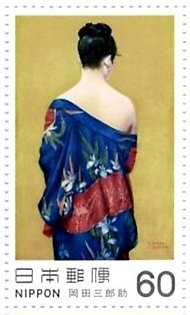 “This is not the right type of envelope. You need a small envelope. And it does not have the right stamp.”
“This is not the right type of envelope. You need a small envelope. And it does not have the right stamp.”
“Okay, so what stamp do I need?”
* shuffling of paper, looking up prices *
“340 YEN”
“It has 400 YEN on it. So, I buy another 30 YEN stamp and put it on the envelope and we’ll be fine?
“No, you’ll need a small envelope.”
“But…??”
* more paper shuffling, searching for a different form *
“I’m sorry, I made a mistake, you need 392 YEN. On a small envelope.”
“But…?? I have 400 YEN here – just send it in the big envelope, I don’t mind.”
“Please get a small envelope and a 392 YEN stamp and come back again. NEXT!”
* handing back the papers with a look that obviously means “But WE mind!” *
On the 20 minute way back to the post office my emotions went on a roller coaster between laughing, crying, screaming, becoming homicidal… The situation was seriously Kafkaesque, and I begin to wonder whether, in the long-term, I will not have more serious problems with this sort of things. After all, I am with Terry Pratchett, when it comes to rules:
“Rules are there so that you think before you break them”…
PS: In hindsight, the real problem may have been the large envelope, as it seems that the Japanese post bases their prices on weight and size. When I went back to the immigration office, equipped with a proper sized envelope, all went fine. I will have to supply two more pieces of paper, but then the application will be processed. Wish me luck!
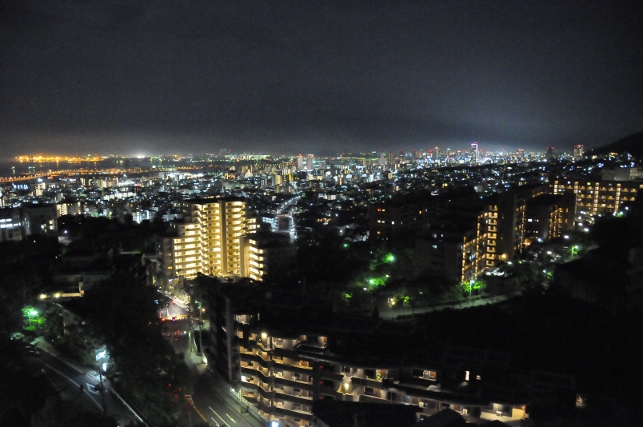 I did not find the city very exciting, it’s rather typical modern Japanese. Kobe is a very old city, and its biggest attraction are some very old houses built in Western style, that form a small neighborhood close to the mountains. My friends said, however, that it would be interesting only for Japanese – apparently the whole city has a somewhat “Western” feeling to it, and the Japanese come here when they want to feel a bit exotic. As I said, to me it seems like an average Japanese city though…
I did not find the city very exciting, it’s rather typical modern Japanese. Kobe is a very old city, and its biggest attraction are some very old houses built in Western style, that form a small neighborhood close to the mountains. My friends said, however, that it would be interesting only for Japanese – apparently the whole city has a somewhat “Western” feeling to it, and the Japanese come here when they want to feel a bit exotic. As I said, to me it seems like an average Japanese city though…
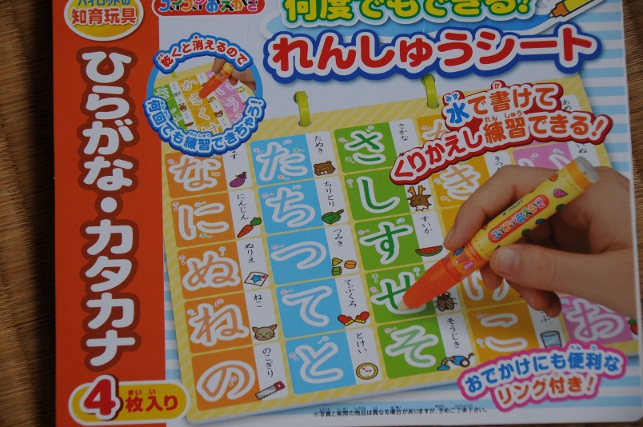


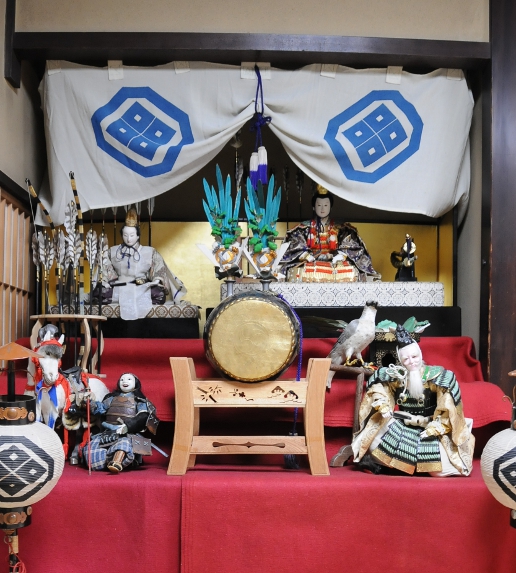
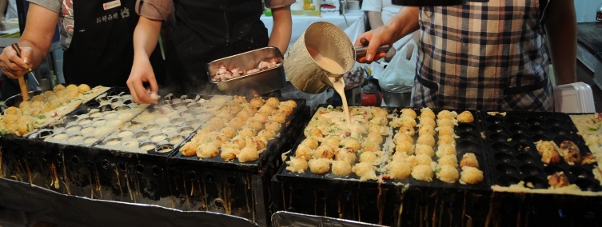
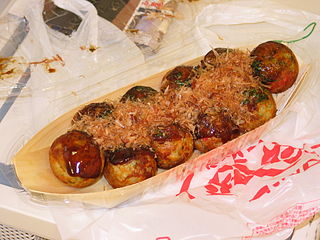
 This year, as one of the holidays falls on a Sunday, May 6th is also a holiday (because there can be no national holiday on a Sunday in Japan – I like that idea!) Anyway, the four holidays mentioned are the following:
This year, as one of the holidays falls on a Sunday, May 6th is also a holiday (because there can be no national holiday on a Sunday in Japan – I like that idea!) Anyway, the four holidays mentioned are the following:
